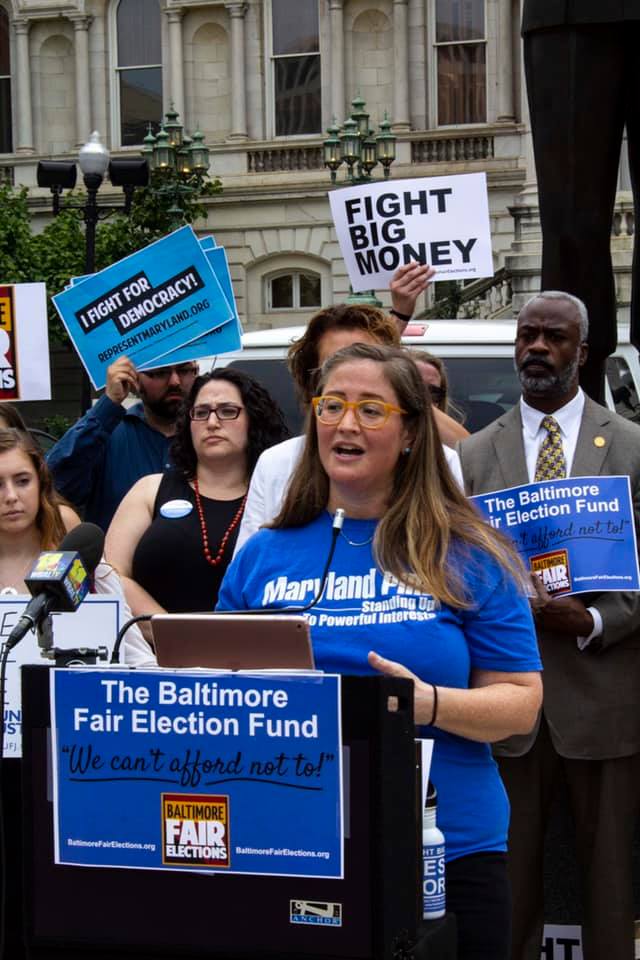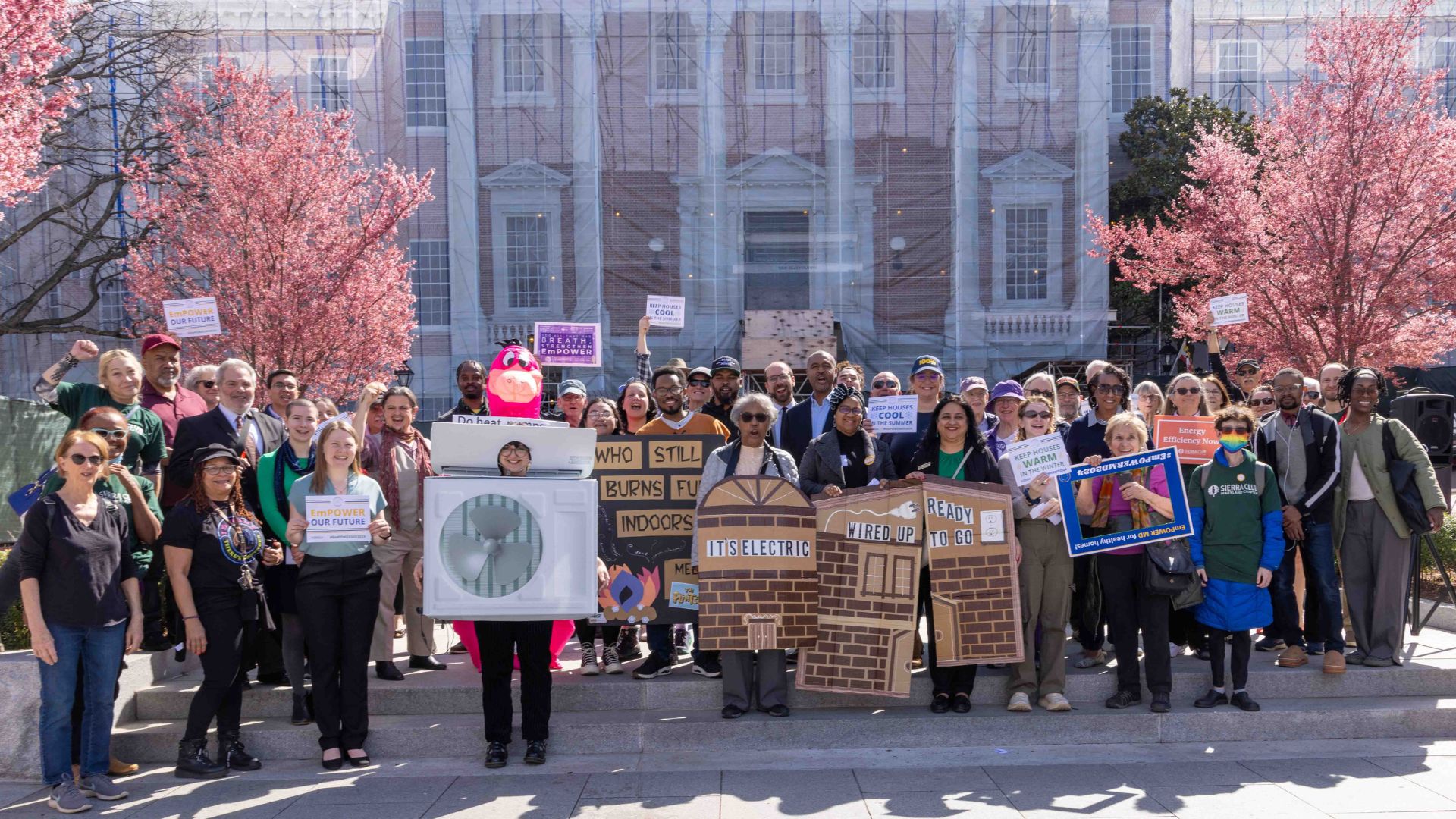
Protecting families and fire fighters from toxic chemicals
Chemical flame retardants can be found in everything from the toys our children play with to the furniture we use every day.
Chemical flame retardants can be found in everything from the toys our children play with to the furniture we use every day.
The Centers for Disease Control and Prevention (CDC) has identified flame retardant chemicals in the bodies of more than 90 percent of Americans—and children are found to have higher levels of these chemicals than adults. Organohalogen flame retardant chemicals are linked to cancer, lower IQ and poor attention, hormone disruption, thyroid effects and obesity.
The prevailing justification for using flame retardant chemicals in consumer products is fire safety, but they aren’t that effective against fires and there are better, non-chemical means of meeting flammability standards.
These chemicals also release toxic gases as they burn, posing occupational health hazards to firefighters. More than half of all career firefighter line-of-duty deaths are from job-related cancers.
In September, the Consumer Product Safety Commission (CPSC) took bold action, recommending against the use of all organohalogen flame retardants in consumer products.
In Maryland, we have already banned several of these chemical flame retardants in baby products and now we are working to expand that restriction to further protect the health of babies, families and firefighters. Our testimony on HB84 is below.
—
Maryland PIRG is joined by the League of Women Voters of Maryland, Chesapeake Physicians for Social Responsibility, Consumer Federation of America, and the Maryland Sierra Club in support of HB84.
Maryland PIRG is a statewide, non-partisan, non-profit, citizen-funded public interest advocacy organization with grassroots members across the state and a student-funded, student-directed chapter at the University of Maryland College Park. For forty years we’ve stood up to powerful interests whenever they threaten our health and safety, our financial security, or our right to fully participate in our democratic society.
We would like to thank the members of this committee for your leadership in passing legislation to restrict toxic chemicals from consumer products, including bans on toxic flame retardants TCEP and TDCPP in baby products. HB84 is an opportunity to extend this legacy and further protect the health of children, fire fighters, and Maryland families.
The 2018 version of this bill has been adjusted since 2017 to address some of the concerns brought up in the hearing, and we are working with the sponsor and stakeholders to make further adjustments to lessen the burden on small businesses either through an exemption or by shifting responsibility to manufacturers.
Flame Retardant Chemicals
Chemical flame retardants are found in many products in our home: toys, couches, electronics, and changing pads, for example. The Centers for Disease Controls and Prevention has identified flame retardant chemicals in the bodies of over 90% of Americans and at higher levels in children than adults. Commonly used chemical flame retardants are linked to cancer, lower IQ and poor attention in children, hormone disruption, thyroid effects, and obesity.
The prevailing justification for why flame retardants have become so prevalent in consumer products is for safety. Unfortunately, according to U.S. Consumer Product Safety Commission (CSPC) these chemicals aren’t that effective against fires. Moreover, they release toxic gases and fumes as they burn. This poses occupational health hazards to firefighters, who are consistently exposed to ambient gases released by burning materials. According to the International Association of Fire Fighters, more than half of all career firefighter line-of-duty deaths are from job-related cancers.
Why would we risk public health by continuing to use these chemicals in our consumer products if they fail to be protective in the incidence and fire?
Babies, children, pregnant and nursing mothers, and fire fighters are most vulnerable to exposure. Mothers, babies, and children are exposed through direct contact with products containing the chemicals, and to chemicals which have seeped into the air and dust. Fire fighters are exposed as these chemicals burn in fires.
Because very little substantive evidence supports the advantages of decaBDE, HBCD, and additive TBBPA to our safety, they should be included in Maryland’s existing chemical flame retardant restriction.
Background:
In 2014, the Maryland General Assembly passed the Public Health – Child Care Products Containing Flame-Retardant Chemicals Act to protect our smallest Marylanders and fire fighters from exposure to toxic chemicals. With strong bi-partisan support, the law restricts the use of flame retardants TCEP and TDCPP in child care products intended for those under the age of 3—toys, baby products, car seats, strollers, and other items that they often contact.
HB84 consists of two updates:
- Include the chemicals decaBDE, HBCD, and additive TBBPA to the restriction;
- Extend the age range of protection from 3 to 12 years.
Because safer and more effective alternatives to chemical flame retardants are available, there is little justification for the sale and distribution of products containing these chemicals.
Many states are restricting the use of chemical flame retardants, and in September 2017, the Federal Consumer Product Safety Commission (CPSC) released federal guidance recommending against their use entirely. We have attached the full guidance from the CPSC, here is an excerpt:
“Based on the, overwhelming scientific evidence presented to the Commission to date, the Commission has serious concerns regarding the potential toxicity of OFRs, and the risks of exposure, particularly to vulnerable populations, to OFRs, from the four categories of products listed in the petition. Accordingly, the Commission requests that manufacturers of children’s products, furniture, mattresses, and electronics casings eliminate the use of such chemicals in these products.”
Washington State’s ban of these chemicals went into effect in 2017. And in September of 2017 Rhode Island passed a law banning the use of all organohalogen flame retardants in a wide range of products including couches, highchairs, electronic toys, and car seats.
Including decaBDE, HBCD, TBBPA
DecaBDE, HBCD, and TBBPA are organohalogen flame retardants (OFR). These flame retardant chemicals share similar properties with TCEP and TDCPP — which were restricted by the Maryland General Assembly in 2014 and have been identified as toxic by the Environmental Protection Agency (EPA).
Having been examined in epidemiological studies, OFRs have been strongly associated with widespread disruptive health outcomes — such as cancer, endocrine disruption, reproductive and developmental effects, and lowered IQ.
- HBCD: HBCD has been identified as toxic by the EPA after test results indicated reproductive, developmental, and neurological effects.
- decBDE: An EPA study determined that there was enough evidence to suggest that decaBDE has carcinogenic potential in humans. Tests suggest decaBDE also causes damage to thyroid and liver tissues.
- Additive TBBPA: TBBPA is currently being tested by the EPA and test results suggest risks of developmental effects from exposure to the chemical. TBBPA may be associated with kidney toxicity, thyroid disruption, and fetal malformations. In its additive form, TBBPA can get into our bodies through direct contact and dust.
We have attached an overview of research on these chemicals to our testimony. Certainly, there could always be more research, and the industry will claim they are not definitively proven to cause harm. Our position, like that of the CPSC, is that until they are proven effective and safe, the risks outweigh the benefit and we should stop using these chemicals in consumer products.
The adverse health effects of adding flame retardant chemicals to consumer products outweigh the effectiveness of the chemicals as flame retardants. It is time to stop and/or prevent the use of these chemicals in children’s products.
Expanding Age Range from 3 to 12 years:
The 2014 law established the upper age limit at 3 to reduce exposure for newborns and infants to toxic flame retardants. The proposed expansion to 12 years has a logical appeal, because children do not stop developing at the age of 3. Likewise, by expanding the age restriction we are reducing overall exposure of toxic flame retardant chemicals in their environment for babies, families, and fire fighters.
Children and babies are especially at risk of exposure for several reasons. First, they are more likely to ingest these harmful chemicals: they spend more time on the floor near dust and are more likely to put things in their mouths. In fact, it’s estimated that children ingest up to ten times more of these chemicals than adults due to their hand-to-mouth behaviors. Second, as their bodies are smaller and their metabolisms different, these persistent chemicals are not readily excreted from the body, so they build up to higher levels and can cause greater harm.
Children are also at increased risk due to their developing brains. This rapid rate of change within the brain puts children in far great danger when exposed to toxins, affecting memory, learning, and even locomotor activity.
Safer Alternatives:
Putting chemicals in children’s products is unnecessary to ensure fire safety. There is increasing evidence that these chemical flame retardants are not effective at preventing fires outside of controlled settings. Furthermore, there are alternatives to these toxic flame retardants and many major companies have already begun selling products without these any chemical flame retardants. Some of the more common options include design alternatives like the use of barrier fabrics and naturally flame-resistant fabrics.
Maryland PIRG, the League of Women Voters of Maryland, Chesapeake Physicians for Social Responsibility, Consumer Federation of America, and the Maryland Sierra Club support HB84 and requests a favorable
Topics
Authors
Emily Scarr
State Director, Maryland PIRG; Director, Stop Toxic PFAS Campaign, PIRG
Emily directs strategy, organizational development, research, communications and legislative advocacy for Maryland PIRG. Emily has helped win small donor public financing in Baltimore City, Baltimore County, Howard County, Montgomery County, and Prince George's County. She has played a key role in establishing new state laws to to protect public health by restricting the use of antibiotics on Maryland farms, require testing for lead in school drinking water and restrict the use of toxic flame retardant and PFAS chemicals. Emily also serves on the Executive Committees of the Maryland Fair Elections Coalition and the Maryland Campaign to Keep Antibiotics Working. Emily lives in Baltimore City with her husband, kids, and dog.
Find Out More

2024 Maryland Legislative Session: Wins and Losses

Protecting Maryland Water from PFAS Pollution

PIRG’s warmest wishes for a safe and happy new year

